Safety Performance and Failure Criteria of Lithium-Ion Batteries under Mechanical Abuse
Abstract
:1. Introduction
2. Mechanical Response and Performance Changes Mechanisms of Lithium-Ion Batteries under Abusive Conditions in Experimental Environments
2.1. Mechanical Response and Failure Characteristics under Different Loading Conditions
2.2. Strain Rate Dependency Mechanism Analysis
2.3. The Impact of State of Charge (SOC) on the Mechanical Response and Safety of Batteries
2.4. The Evolution of Battery Capacity and Impedance Characteristics under Mechanical Abuse
2.5. Current Experimental Characterization Faces Certain Challenges/Issues
3. Numerical Simulation Methods and Failure Criteria for Mechanical Abuse of Lithium-Ion Batteries
3.1. Comparison between Homogenized Models and Detailed Models for Batteries

3.2. Establishing a Quantitative Relationship between Battery Strain and Short-Circuit Current (ISC)
3.3. Strain-Based ISC Prediction Considering Multi-Physics Field Coupling
3.4. Numerical Optimization for Battery Pack Impact Protection
3.5. The Drawbacks of Numerical Simulation Methods Include
3.5.1. Limitations in the Accuracy of Simulation Models
3.5.2. Limitations in the Variability of Experimental Data
3.5.3. Limitation in Complexity of Interfaces
3.5.4. Limitations in Computational Complexity and Processing Time
4. Conclusions
Author Contributions
Funding
Data Availability Statement
Acknowledgments
Conflicts of Interest
References
- Li, X.N.; Ju, L.L.; Geng, G.C.; Jiang, Q.Y. Data-driven state-of-health estimation for lithium-ion battery based on aging features. Energy 2023, 274, 10. [Google Scholar] [CrossRef]
- Shchurov, N.I.; Dedov, S.I.; Malozyomov, B.V.; Shtang, A.A.; Martyushev, N.V.; Klyuev, R.V.; Andriashin, S.N. Degradation of Lithium-Ion Batteries in an Electric Transport Complex. Energies 2021, 14, 33. [Google Scholar] [CrossRef]
- IEA Global EV Outlook 2023. Available online: https://www.iea.org/reports/global-ev-outlook-2023/executive-summary (accessed on 26 April 2023).
- Liu, K.L.; Wei, Z.B.; Zhang, C.H.; Shang, Y.L.; Teodorescu, R.; Han, Q.L. Towards Long Lifetime Battery: AI-Based Manufacturing and Management. IEEE/CAA J. Autom. Sin. 2022, 9, 1139–1165. [Google Scholar] [CrossRef]
- Zhang, C.; Santhanagopalan, S.; Sprague, M.A.; Pesaran, A.A. Coupled mechanical-electrical-thermal modeling for short-circuit prediction in a lithium-ion cell under mechanical abuse. J. Power Sources 2015, 290, 102–113. [Google Scholar] [CrossRef]
- Zhang, J.N.; Zhang, L.; Sun, F.C.; Wang, Z.P. An Overview on Thermal Safety Issues of Lithium-ion Batteries for Electric Vehicle Application. IEEE Access 2018, 6, 23848–23863. [Google Scholar] [CrossRef]
- Deng, J.; Bae, C.; Marcicki, J.; Masias, A.; Miller, T. Safety modelling and testing of lithium-ion batteries in electrified vehicles. Nat. Energy 2018, 3, 261–266. [Google Scholar] [CrossRef]
- Liu, B.H.; Jia, Y.K.; Yuan, C.H.; Wang, L.B.; Gao, X.; Yin, S.; Xu, J. Safety issues and mechanisms of lithium-ion battery cell upon mechanical abusive loading: A review. Energy Storage Mater. 2020, 24, 85–112. [Google Scholar] [CrossRef]
- Feng, X.N.; Ouyang, M.G.; Liu, X.; Lu, L.G.; Xia, Y.; He, X.M. Thermal runaway mechanism of lithium ion battery for electric vehicles: A review. Energy Storage Mater. 2018, 10, 246–267. [Google Scholar] [CrossRef]
- Wang, Q.S.; Mao, B.B.; Stoliarov, S.I.; Sun, J.H. A review of lithium ion battery failure mechanisms and fire prevention strategies. Prog. Energy Combust. Sci. 2019, 73, 95–131. [Google Scholar] [CrossRef]
- Xue, P.C.; Fan, W.J.; Wang, G.W.; Wang, B. Effects of Loading Angle and Linear Notch on Tensile Properties of Lithium-Ion Battery Separator. Chin. J. High Press. Phys. 2020, 34, 015301. [Google Scholar]
- Yang, Y.L.; Chen, S.Y.; Chen, T.; Huang, L.S. State of Health Assessment of Lithium-ion Batteries Based on Deep Gaussian Process Regression Considering Heterogeneous Features. J. Energy Storage 2023, 61, 106797. [Google Scholar] [CrossRef]
- Su, S.S.; Li, W.; Garg, A.; Gao, L. An adaptive boosting charging strategy optimization based on thermoelectric-aging model, surrogates and multi-objective optimization. Appl. Energy 2022, 312, 118795. [Google Scholar] [CrossRef]
- Lombardo, T.; Duquesnoy, M.; El-Bouysidy, H.; Aren, F.; Gallo-Bueno, A.; Jorgensen, P.B.; Bhowmik, A.; Demortiere, A.; Ayerbe, E.; Alcaide, F.; et al. Artificial Intelligence Applied to Battery Research: Hype or Reality? Chem. Rev. 2022, 122, 10899–10969. [Google Scholar] [CrossRef]
- Li, M.; Liu, X.W.; Zhang, S.; Song, H.; Wang, G.W.; Wang, B. Performance of Cylindrical Power Lithium-Ion Battery under Axial Compression. Chin. J. High Press. Phys. 2021, 35, 181–188. [Google Scholar] [CrossRef]
- Zhu, J.; Zhang, X.W.; Sahraei, E.; Wierzbicki, T. Deformation and failure mechanisms of 18650 battery cells under axial compression. J. Power Sources 2016, 336, 332–340. [Google Scholar] [CrossRef]
- Zhang, H.J.; Zhou, M.Z.; Hu, L.L.; Zhang, Z.W. Mechanism of the dynamic behaviors and failure analysis of lithium-ion batteries under crushing based on stress wave theory. Eng. Fail. Anal. 2020, 108, 12. [Google Scholar] [CrossRef]
- Tancogne-Dejean, T.; Grolleau, V.; Mohr, D. Strain rate dependent plasticity of lithium-ion pouch cells: Experiments and simulations. Int. J. Impact Eng. 2022, 159, 104048. [Google Scholar] [CrossRef]
- Kalnaus, S.; Wang, H.; Watkins, T.R.; Simunovic, S.; Sengupta, A. Features of mechanical behavior of EV battery modules under high deformation rate. Extrem. Mech. Lett. 2019, 32, 100550. [Google Scholar] [CrossRef]
- Zhu, X.Q.; Wang, H.; Wang, X.; Gao, Y.F.; Allu, S.; Cakmak, E.; Wang, Z.P. Internal short circuit and failure mechanisms of lithium-ion pouch cells under mechanical indentation abuse conditions: An experimental study. J. Power Sources 2020, 455, 227939. [Google Scholar] [CrossRef]
- Zhou, M.Z.; Hu, L.L.; Chen, S.R.; Zhao, X. Different mechanical-electrochemical coupled failure mechanism and safety evaluation of lithium-ion pouch cells under dynamic and quasi-static mechanical abuse. J. Power Sources 2021, 497, 229897. [Google Scholar] [CrossRef]
- Wang, G.W.; Wu, J.J.; Zheng, Z.J.; Niu, L.E.; Pan, L.; Wang, B. Effect of Deformation on Safety and Capacity of Li-Ion Batteries. Batteries 2022, 8, 235. [Google Scholar] [CrossRef]
- Fan, W.J.; Xue, P.C.; Wang, G.W.; Wang, B. Safety Performance of Power Lithium Ion Battery under Compressive Load. Chin. J. High Press. Phys. 2019, 33, 182–188. [Google Scholar]
- Wang, L.B. Deformation and Failure Properties of Lithium-Ion Battery Under Axial Nail Penetration. J. Electrochem. Energy Convers. Storage 2021, 18, 020906. [Google Scholar] [CrossRef]
- Li, C.R.; Yang, G.; Du, X.N.; Hu, D.A.; Han, X. Dynamic mechanical response and deformation behavior of a novel hierarchical cellular structure material-The thousands of eyes Bodhi. Int. J. Impact Eng. 2022, 162, 104131. [Google Scholar] [CrossRef]
- Kotter, P.; Kisters, T.; Schleicher, A. Dynamic impact tests to characterize the crashworthiness of large-format lithium-ion cells. J. Energy Storage 2019, 26, 100948. [Google Scholar] [CrossRef]
- Zhu, J.E.; Luo, H.L.; Li, W.; Gao, T.; Xia, Y.; Wierzbicki, T. Mechanism of strengthening of battery resistance under dynamic loading. Int. J. Impact Eng. 2019, 131, 78–84. [Google Scholar] [CrossRef]
- Cannarella, J.; Liu, X.Y.; Leng, C.Z.; Sinko, P.D.; Gor, G.Y.; Arnold, C.B. Mechanical Properties of a Battery Separator Under Compression and Tension. J. Electrochem. Soc. 2014, 161, F3117–F3122. [Google Scholar] [CrossRef]
- Gor, G.Y.; Cannarella, J.; Prevost, J.H.; Arnold, C.B. A Model for the Behavior of Battery Separators in Compression at Different Strain/Charge Rates. J. Electrochem. Soc. 2014, 161, F3065–F3071. [Google Scholar] [CrossRef]
- Raffler, M.; Sinz, W.; Erker, S.; Brunnsteiner, B.; Ellersdorfer, C. Influence of loading rate and out of plane direction dependence on deformation and electro-mechanical failure behavior of a lithium-ion pouch cell. J. Energy Storage 2022, 56, 105906. [Google Scholar] [CrossRef]
- Xia, Y.; Chen, G.H.; Zhou, Q.; Shi, X.N.; Shi, F.Y. Failure behaviours of 100% SOC lithium-ion battery modules under different impact loading conditions. Eng. Fail. Anal. 2017, 82, 149–160. [Google Scholar] [CrossRef]
- Li, W.; Xia, Y.; Zhu, J.E.; Luo, H.L. State-of-Charge Dependence of Mechanical Response of Lithium-Ion Batteries: A Result of Internal Stress. J. Electrochem. Soc. 2018, 165, A1537–A1546. [Google Scholar] [CrossRef]
- Xu, J.; Liu, B.H.; Wang, X.Y.; Hu, D.Y. Computational model of 18650 lithium-ion battery with coupled strain rate and SOC dependencies. Appl. Energy 2016, 172, 180–189. [Google Scholar] [CrossRef]
- Wang, G.; Zhang, S.; Li, M.; Wu, J.; Wang, B.; Song, H. Deformation and Failure Properties of High-Ni Lithium-Ion Battery under Axial Loads. Materials 2021, 14, 7844. [Google Scholar] [CrossRef]
- Xu, J.; Jia, Y.; Liu, B.; Zhao, H.; Yu, H.; Li, J.; Yin, S. Coupling Effect of State-of-Health and State-of-Charge on the Mechanical Integrity of Lithium-Ion Batteries. Exp. Mech. 2018, 58, 633–643. [Google Scholar] [CrossRef]
- Wang, L.B.; Yin, S.; Zhang, C.; Huan, Y.; Xu, J. Mechanical characterization and modeling for anodes and cathodes in lithium-ion batteries. J. Power Sources 2018, 392, 265–273. [Google Scholar] [CrossRef]
- Xu, Y.L.; Liu, F.; Guo, J.L.; Li, M.; Han, B. Mechanical properties and thermal runaway study of automotive lithium-ion power batteries. Ionics 2022, 28, 107–116. [Google Scholar] [CrossRef]
- Chen, J.; Wang, G.; Song, H.; Wang, B.; Wu, G.; Lei, J. Stress and Displacement of Cylindrical Lithium-Ion Power Battery during Charging and Discharging. Energies 2022, 15, 8244. [Google Scholar] [CrossRef]
- Zhao, S.; Meng, W.; Wang, G.; Guo, C.; Ma, S.; Lei, Z.; Li, Y.; Guo, M.; Song, H. The Effect of Structure and Mechanical Properties Change of Current Collector during Cycling on Sb-Based Lithium-Ion Batteries’ Performance. Coatings 2023, 13, 780. [Google Scholar] [CrossRef]
- Ren, X.T.; Wang, J.F.; Yang, N.; Shi, M.Y.; Liu, F.; Wang, F.Q. Case Study of Repeatability, Different Speeds, and Different SOCs on Battery Squeeze Test. Batteries 2022, 8, 243. [Google Scholar] [CrossRef]
- Song, L.B.; Zheng, Y.H.; Xiao, Z.L.; Wang, C.; Long, T.Y. Review on Thermal Runaway of Lithium-Ion Batteries for Electric Vehicles. J. Electron. Mater. 2022, 51, 30–46. [Google Scholar] [CrossRef]
- Liu, X.; Ren, D.S.; Hsu, H.J.; Feng, X.N.; Xu, G.L.; Zhuang, M.H.; Gao, H.; Lu, L.G.; Han, X.B.; Chu, Z.Y.; et al. Thermal Runaway of Lithium-Ion Batteries without Internal Short Circuit. Joule 2018, 2, 2047–2064. [Google Scholar] [CrossRef]
- Xi, S.J.; Zhao, Q.C.; Chang, L.J.; Huang, X.Y.; Cai, Z.H. The dynamic failure mechanism of a lithium-ion battery at different impact velocity. Eng. Fail. Anal. 2020, 116, 9. [Google Scholar] [CrossRef]
- Xu, J.; Liu, B.H.; Wang, L.B.; Shang, S. Dynamic mechanical integrity of cylindrical lithium-ion battery cell upon crushing. Eng. Fail. Anal. 2015, 53, 97–110. [Google Scholar] [CrossRef]
- Wei, Z.; Salehi, A.; Lin, G.Z.; Hu, J.; Jin, X.F.; Agar, E.; Liu, F.Q. Probing Li-ion concentration in an operating lithium ion battery using in situ Raman spectroscopy. J. Power Sources 2020, 449, 227361. [Google Scholar] [CrossRef]
- Wain, A.J.; Samajdar, R.N.; Marchesini, S.; Brown, S.A.; Robertson, S.D.; Paton, K.R.; Pollard, A.J. Differentiating between Ion Transport and Plating-Stripping Phenomena in Magnesium Battery Electrolytes Using Operando Raman Spectroscopy. ACS Energy Lett. 2023, 8, 1864–1869. [Google Scholar]
- Chen, Z.W.; Lin, J.W.; Zhu, C.C.; Zhuang, Q.B.; Chen, Q.X.; Wei, Y.M.; Wang, S.F.; Wu, D.Z. Detection of jelly roll pressure evolution in large-format Li-ion batteries via in situ thin film flexible pressure sensors. J. Power Sources 2023, 566, 232960. [Google Scholar] [CrossRef]
- Sahraei, E.; Hill, R.; Wierzbicki, T. Calibration and finite element simulation of pouch lithium-ion batteries for mechanical integrity. J. Power Sources 2012, 201, 307–321. [Google Scholar] [CrossRef]
- Wierzbicki, T.; Sahraei, E. Homogenized mechanical properties for the jellyroll of cylindrical Lithium-ion cells. J. Power Sources 2013, 241, 467–476. [Google Scholar] [CrossRef]
- Kumaresan, K.; Sikha, G.; White, R.E. Thermal model for a Li-ion cell. J. Electrochem. Soc. 2008, 155, A164–A171. [Google Scholar] [CrossRef]
- Di Domenico, D.; Stefanopoulou, A.; Fiengo, G. Lithium-Ion Battery State of Charge and Critical Surface Charge Estimation Using an Electrochemical Model-Based Extended Kalman Filter. J. Dyn. Syst. Meas. Control 2010, 132, 061302. [Google Scholar] [CrossRef]
- Avdeev, I.V.; Gilaki, M. Explicit Dynamic Simulation of Impact in Cylindrical Lithium-Ion Batteries. In Proceedings of the ASME International Mechanical Engineering Congress and Exposition, Houston, TX, USA, 9–15 November 2012; American Social Mechanical Engineers: Houston, TX, USA, 2012; pp. 461–467. [Google Scholar]
- Tang, L.; Zhang, J.J.; Cheng, P.L. Homogenized modeling methodology for 18650 lithium-ion battery module under large deformation. PLoS ONE 2017, 12, e0181882. [Google Scholar] [CrossRef] [PubMed]
- Muresanu, A.D.; Dudescu, M.C. Numerical and Experimental Evaluation of a Battery Cell under Impact Load. Batteries 2022, 8, 48. [Google Scholar] [CrossRef]
- Chen, S.C.; Wan, C.C.; Wang, Y.Y. Thermal analysis of lithium-ion batteries. J. Power Sources 2005, 140, 111–124. [Google Scholar] [CrossRef]
- Wang, L.B.; Yin, S.; Xu, J. A detailed computational model for cylindrical lithium-ion batteries under mechanical loading: From cell deformation to short-circuit onset. J. Power Sources 2019, 413, 284–292. [Google Scholar] [CrossRef]
- Shekar, A.C.; Anwar, S. Real-Time State-of-Charge Estimation via Particle Swarm Optimization on a Lithium-Ion Electrochemical Cell Model. Batteries 2019, 5, 4. [Google Scholar] [CrossRef]
- Chen, Y.Q.; Kang, Y.Q.; Zhao, Y.; Wang, L.; Liu, J.L.; Li, Y.X.; Liang, Z.; He, X.M.; Li, X.; Tavajohi, N.; et al. A review of lithium-ion battery safety concerns: The issues, strategies, and testing standards. J. Energy Chem. 2021, 59, 83–99. [Google Scholar] [CrossRef]
- Zou, Z.; Xu, F.X.; Tian, H.D.; Niu, X.Q. Testing and impact modeling of lithium-ion prismatic battery under quasi-static and dynamic mechanical abuse. J. Energy Storage 2023, 68, 107639. [Google Scholar] [CrossRef]
- Ali, M.Y.; Lai, W.J.; Pan, J. Computational models for simulations of lithium-ion battery cells under constrained compression tests. J. Power Sources 2013, 242, 325–340. [Google Scholar] [CrossRef]
- Sahraei, E.; Campbell, J.; Wierzbicki, T. Modeling and short circuit detection of 18650 Li-ion cells under mechanical abuse conditions. J. Power Sources 2012, 220, 360–372. [Google Scholar] [CrossRef]
- Greve, L.; Fehrenbach, C. Mechanical testing and macro-mechanical finite element simulation of the deformation, fracture, and short circuit initiation of cylindrical Lithium ion battery cells. J. Power Sources 2012, 214, 377–385. [Google Scholar] [CrossRef]
- Cheng, Y.T.; Verbrugge, M.W. Diffusion-Induced Stress, Interfacial Charge Transfer, and Criteria for Avoiding Crack Initiation of Electrode Particles. J. Electrochem. Soc. 2010, 157, A508–A516. [Google Scholar] [CrossRef]
- Sahraei, E.; Kahn, M.; Meier, J.; Wierzbicki, T. Modelling of cracks developed in lithium-ion cells under mechanical loading. RSC Adv. 2015, 5, 80369–80380. [Google Scholar] [CrossRef]
- Zhang, X.W.; Sahraei, E.; Wang, K. Li-ion Battery Separators, Mechanical Integrity and Failure Mechanisms Leading to Soft and Hard Internal Shorts. Sci. Rep. 2016, 6, 32578. [Google Scholar] [CrossRef] [PubMed]
- Kermani, G.; Sahraei, E. Dynamic impact response of lithium-ion batteries, constitutive properties and failure model. RSC Adv. 2019, 9, 2464–2473. [Google Scholar] [CrossRef] [PubMed]
- Liu, B.H.; Duan, X.D.; Yuan, C.H.; Wang, L.B.; Li, J.N.; Finegan, D.P.; Feng, B.; Xu, J. Quantifying and modeling of stress-driven short-circuits in lithium-ion batteries in electrified vehicles. J. Mater. Chem. A 2021, 9, 7102–7113. [Google Scholar] [CrossRef]
- Liu, L.S.; Feng, X.N.; Rahe, C.; Li, W.H.; Lu, L.U.; He, X.M.; Sauer, D.U.; Ouyang, M.G. Internal short circuit evaluation and corresponding failure mode analysis for lithium-ion batteries. J. Energy Chem. 2021, 61, 269–280. [Google Scholar] [CrossRef]
- Liu, B.H.; Yin, S.; Xu, J. Integrated computation model of lithium-ion battery subject to nail penetration. Appl. Energy 2016, 183, 278–289. [Google Scholar] [CrossRef]
- Jia, Y.K.; Yin, S.; Liu, B.H.; Zhao, H.; Yu, H.L.; Li, J.; Xu, J. Unlocking the coupling mechanical-electrochemical behavior of lithium-ion battery upon dynamic mechanical loading. Energy 2019, 166, 951–960. [Google Scholar] [CrossRef]
- Chen, Y.Y.; Santhanagopalan, S.; Babu, V.; Ding, Y. Dynamic mechanical behavior of lithium-ion pouch cells subjected to high-velocity impact. Compos. Struct. 2019, 218, 50–59. [Google Scholar] [CrossRef]
- Li, Y.D.; Wang, W.W.; Lin, C.; Yang, X.G.; Zuo, F.H. Multi-physics safety model based on structure damage for lithium-ion battery under mechanical abuse. J. Clean. Prod. 2020, 277, 14. [Google Scholar]
- Liu, X.-W.; Song, H.; Guo, M.-Q.; Wang, G.-W.; Chi, Q.-Z. Simulation and optimization of silicon/carbon core-shell structures in lithium-ion batteries based on electrochemical-mechanical coupling model. Acta Phys. Sin. 2021, 70, 178201. [Google Scholar] [CrossRef]
- Duan, X.D.; Wang, H.C.; Jai, Y.; Wang, L.B.; Liu, B.H.; Xu, J. A multiphysics understanding of internal short circuit mechanisms in lithium-ion batteries upon mechanical stress abuse. Energy Storage Mater. 2022, 45, 667–679. [Google Scholar] [CrossRef]
- Li, H.G.; Zhou, D.; Zhang, M.H.; Liu, B.H.; Zhang, C. Multi-field interpretation of internal short circuit and thermal runaway behavior for lithium-ion batteries under mechanical abuse. Energy 2023, 263, 126027. [Google Scholar] [CrossRef]
- Kizilel, R.; Sabbah, R.; Selman, J.R.; Al-Hallaj, S. An alternative cooling system to enhance the safety of Li-ion battery packs. J. Power Sources 2009, 194, 1105–1112. [Google Scholar] [CrossRef]
- Kshetrimayum, K.S.; Yoon, Y.G.; Gye, H.R.; Lee, C.J. Preventing heat propagation and thermal runaway in electric vehicle battery modules using integrated PCM and micro-channel plate cooling system. Appl. Therm. Eng. 2019, 159, 11. [Google Scholar] [CrossRef]
- Hu, L.L.; Zhang, Z.W.; Zhou, M.Z.; Zhang, H.J. Crushing behaviors and failure of packed batteries. Int. J. Impact Eng. 2020, 143, 103618. [Google Scholar] [CrossRef]
- Chen, P.; Xia, Y.; Zhou, Q. Safety Comparison of Geometric Configurations of Electric Vehicle Battery under Side Pole Impact; SAE Technical Paper Series; SAE International. Available online: https://saemobilus.sae.org/content/2022-01-0265/ (accessed on 30 July 2023).
- Chen, P.W.; Xia, Y.; Zhou, Q.; Liu, S.D. Staggered layout of battery cells for mitigating damage in side pole collisions of electric vehicles. eTransportation 2023, 16, 13. [Google Scholar] [CrossRef]
- Wetzel, T.; Bessler, W.G.; Kamlah, M.; Nirschl, H. Simulation of Mechano-Electro-Thermal Processes in Lithium-Ion Batteries. Energy Technol. 2021, 9, 2170061. [Google Scholar] [CrossRef]
- Ziesche, R.F.; Kardjilov, N.; Kockelmann, W.; Brett, D.J.L.; Shearing, P.R. Neutron imaging of lithium batteries. Joule 2022, 6, 35–52. [Google Scholar] [CrossRef]
- Zeng, F.C.; Yu, W.X.; Zuo, Z.J. Analytical modeling and simulation of liquid cooling thermal management of a lithium-ion battery module. Energy Sources Part A Recovery Util. Environ. Eff. 2022. [Google Scholar] [CrossRef]
- Xu, K. Li-ion battery electrolytes. Nat. Energy 2021, 6, 763. [Google Scholar] [CrossRef]
- Minato, T.; Abe, T. Surface and interface sciences of Li-ion batteries-Research progress in electrode electrolyte interface. Prog. Surf. Sci. 2017, 92, 240–280. [Google Scholar] [CrossRef]
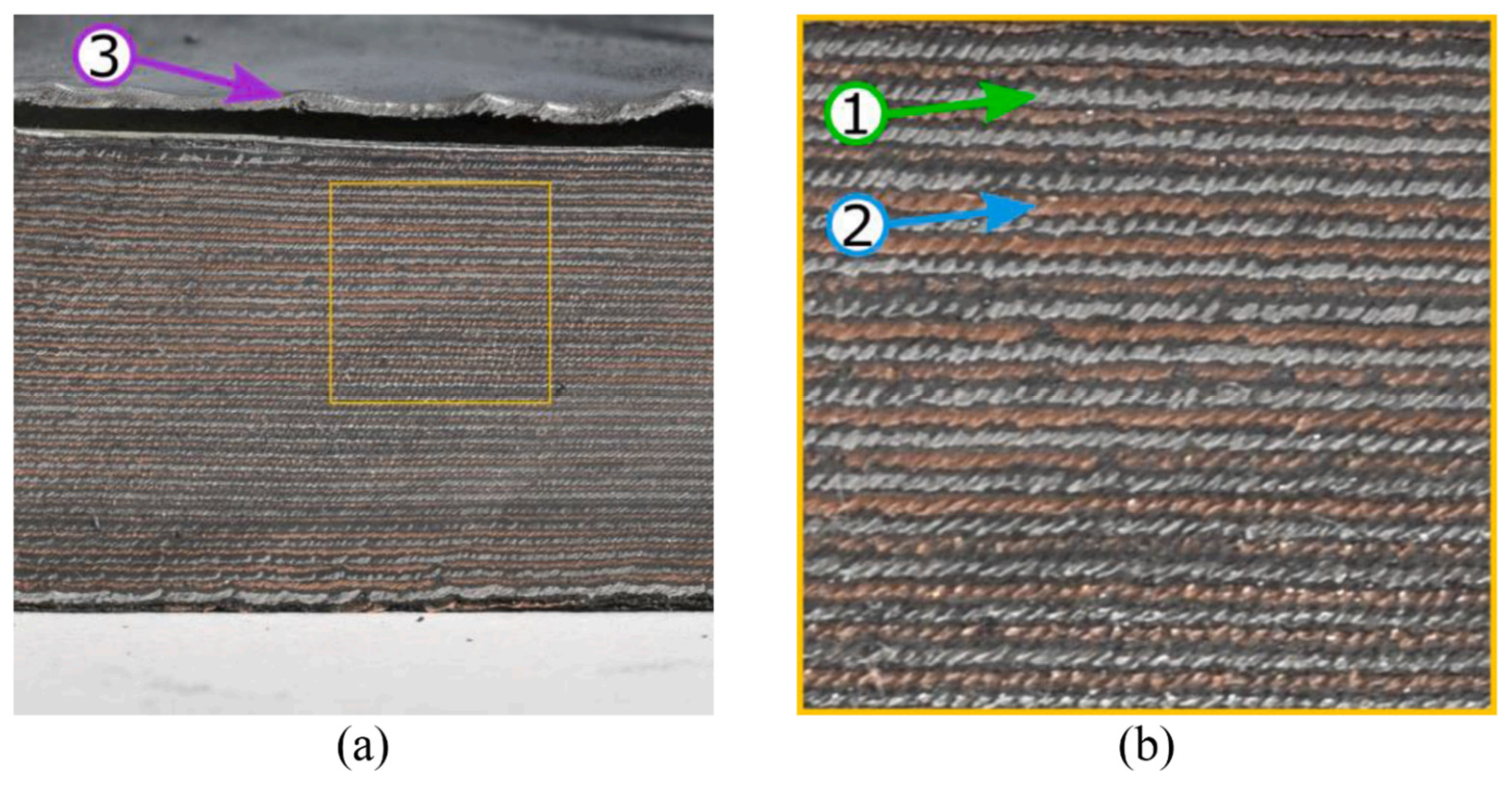
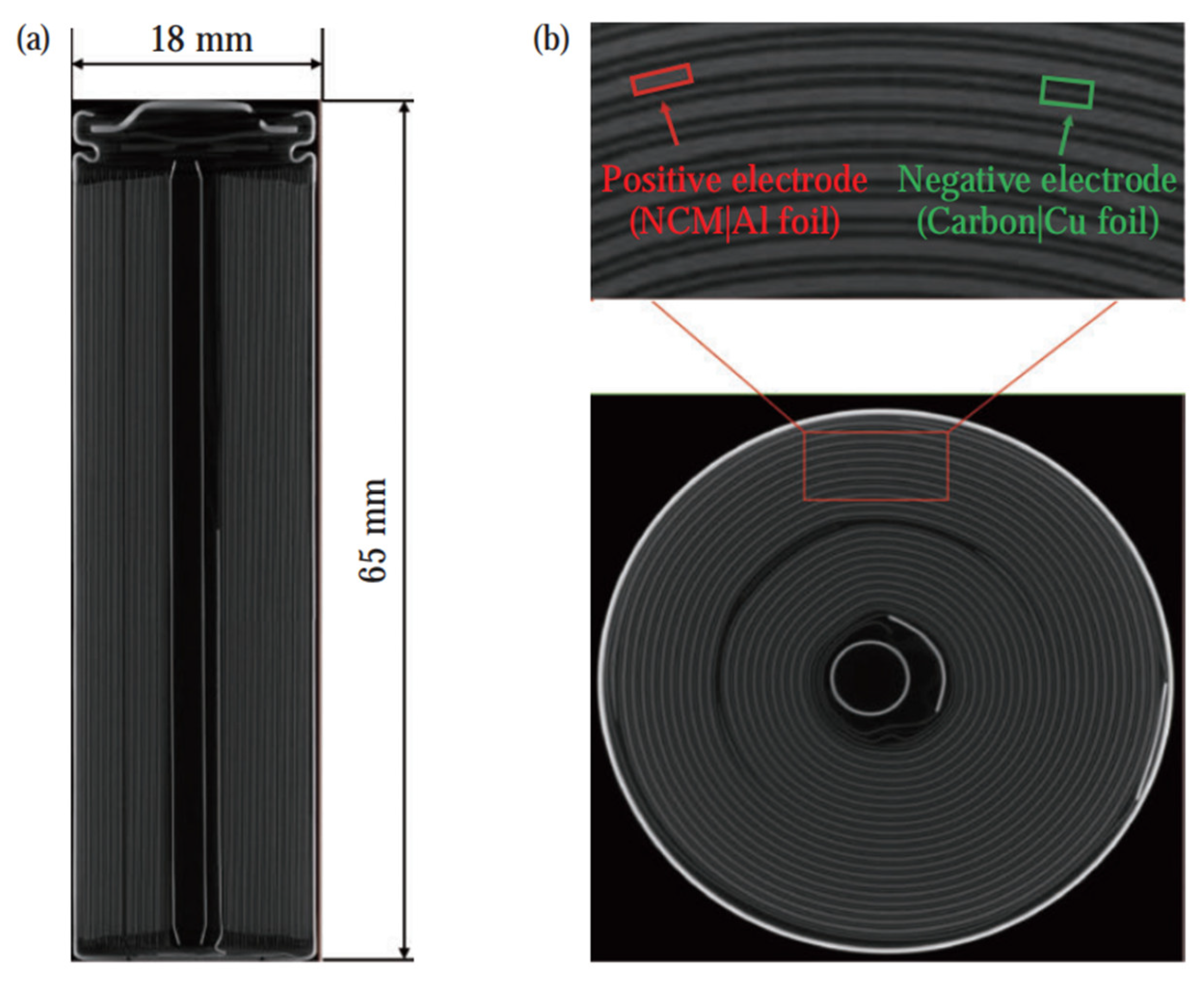
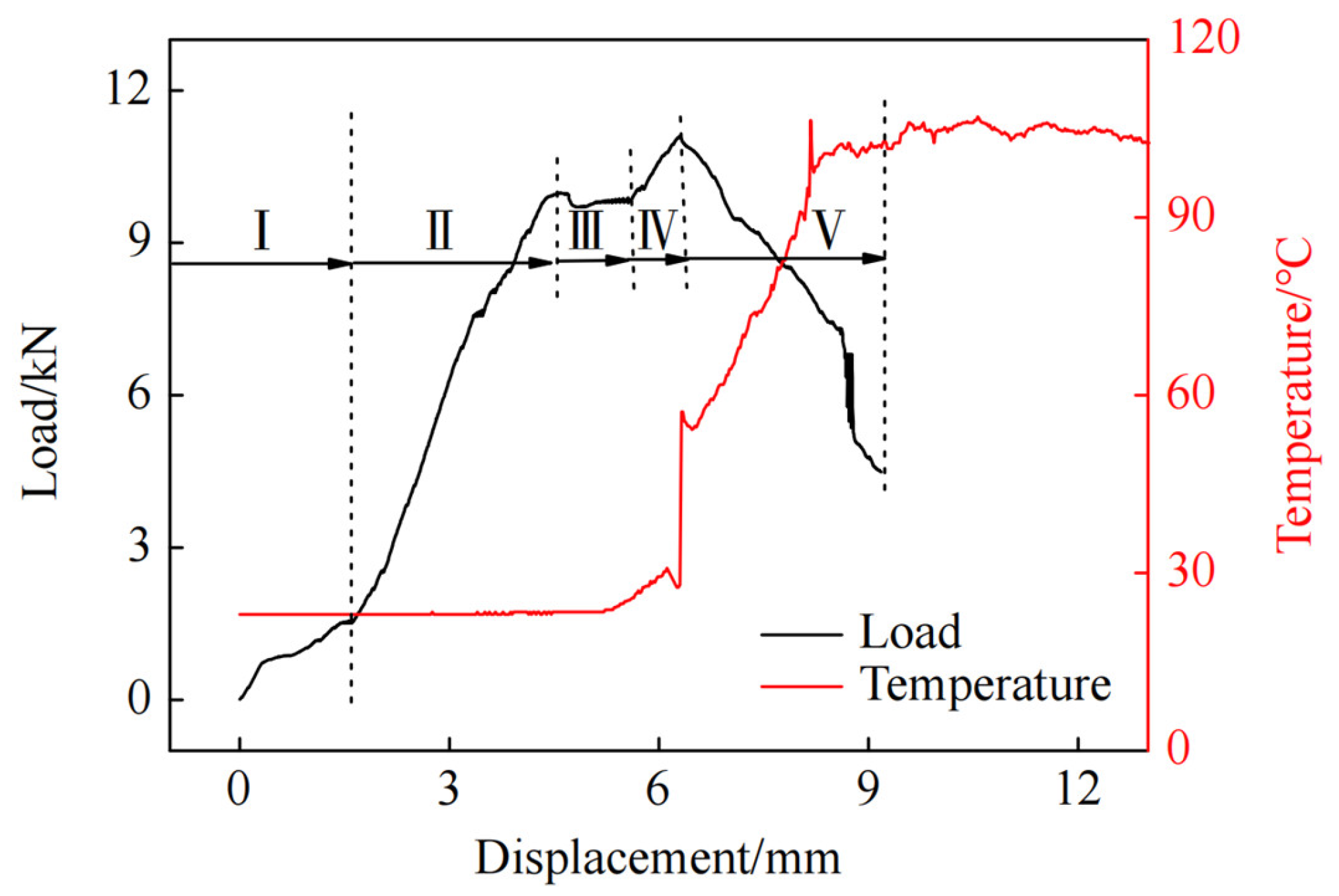


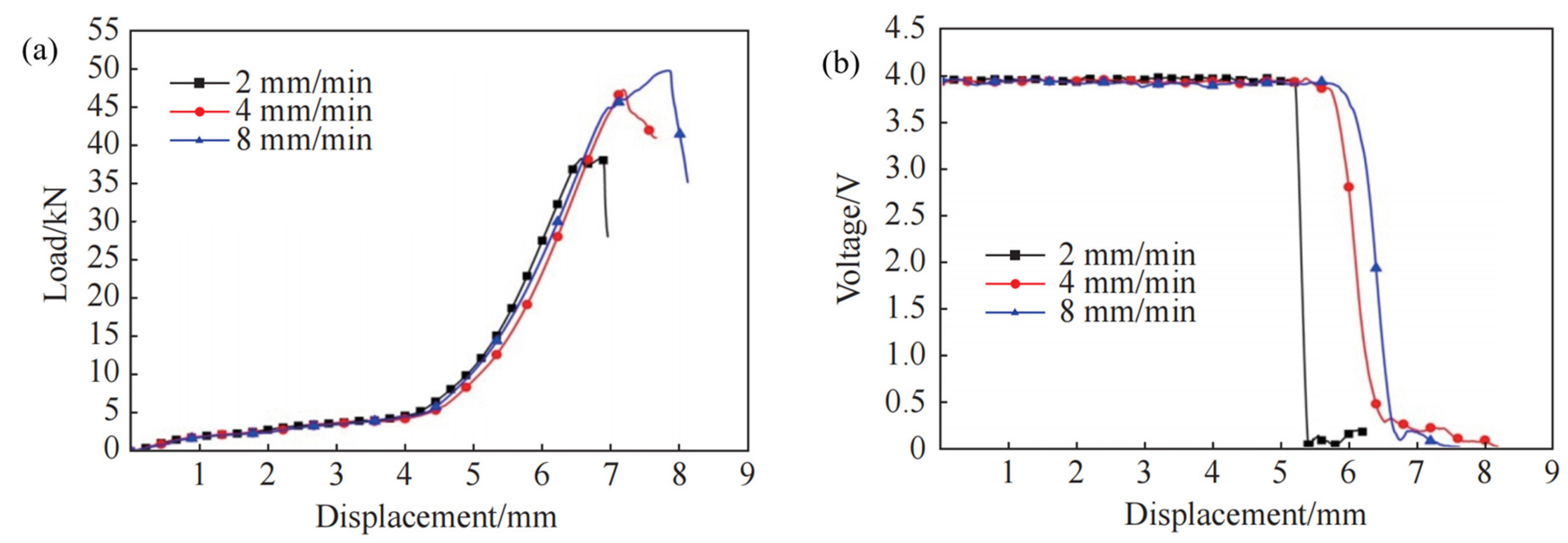
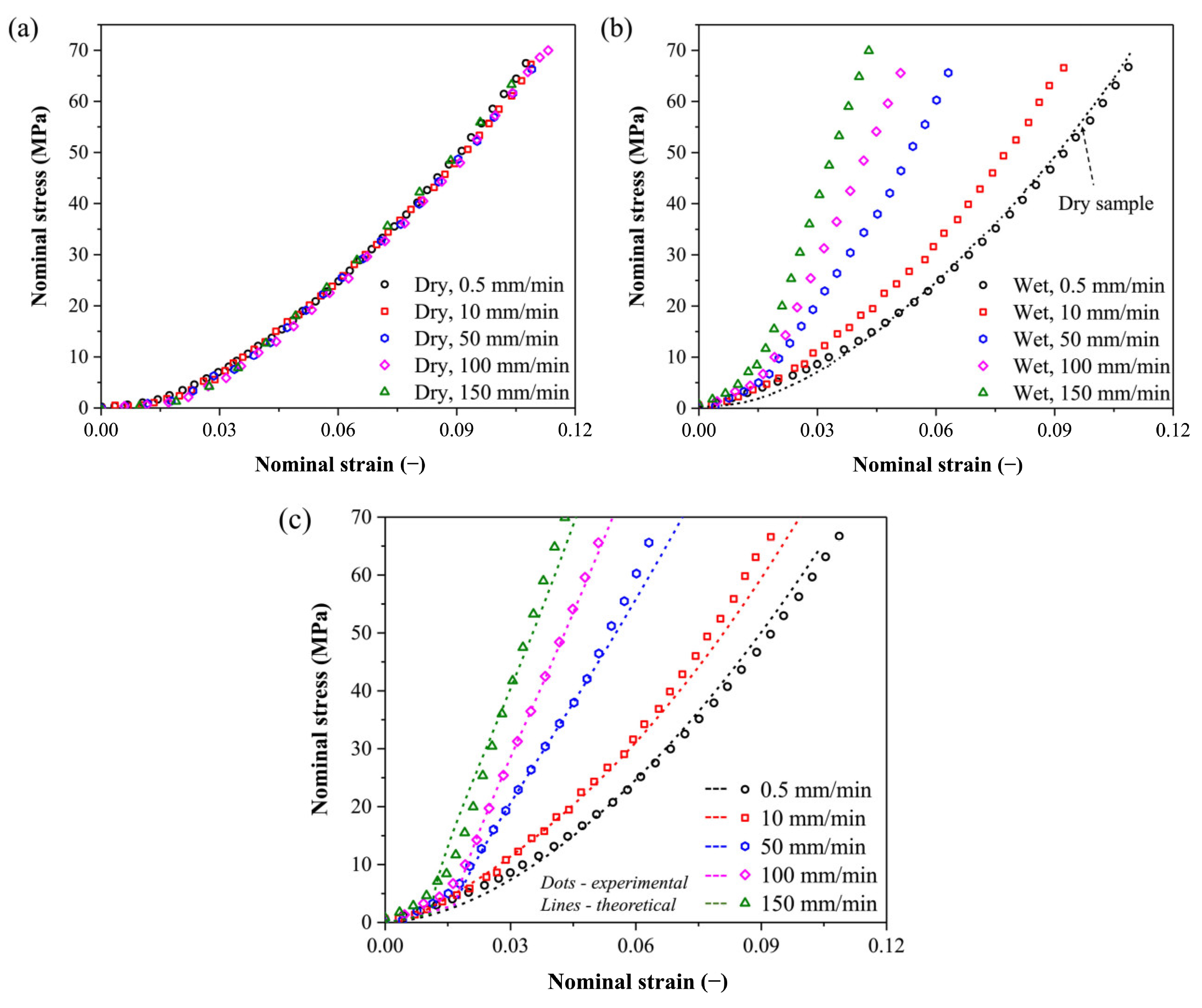
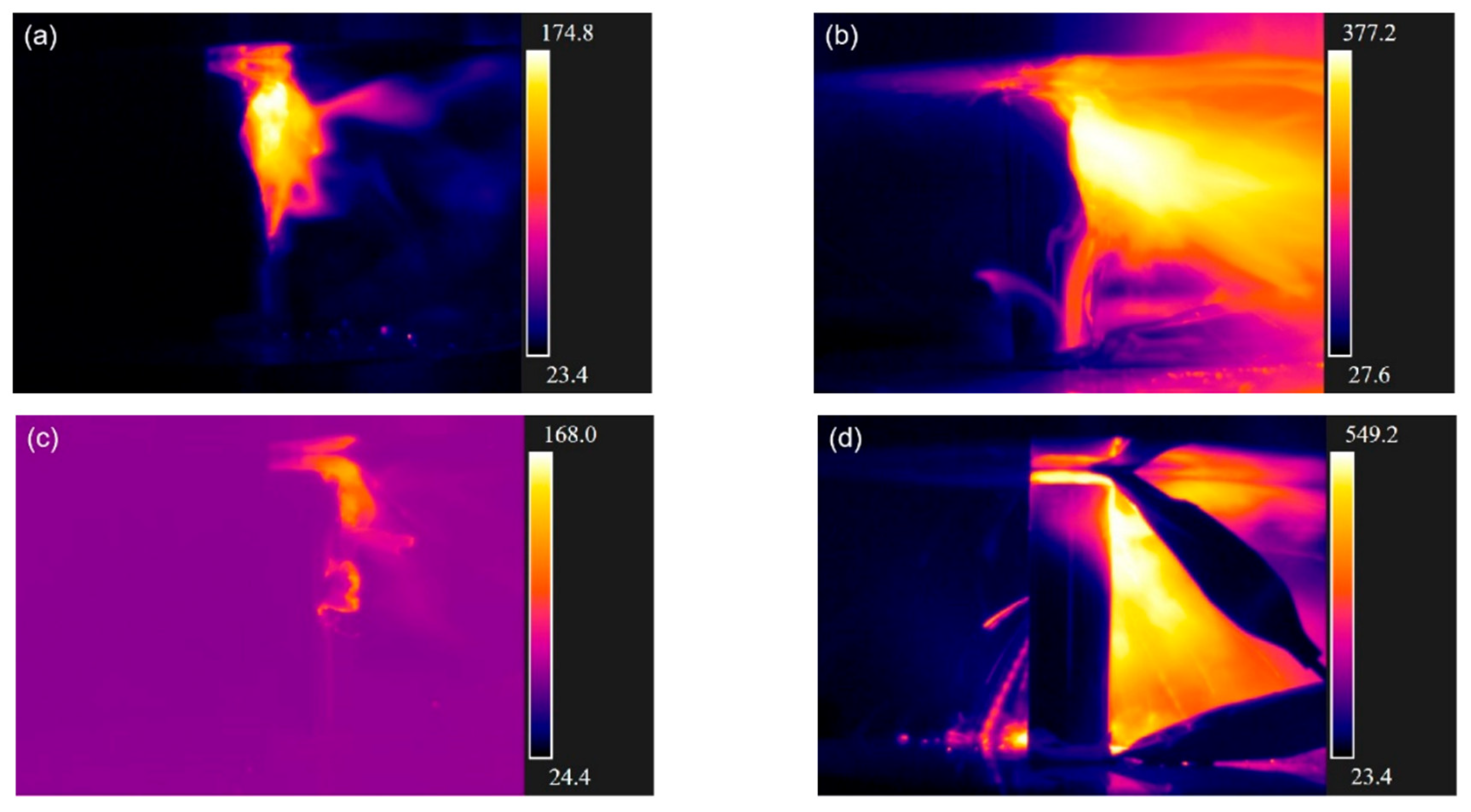
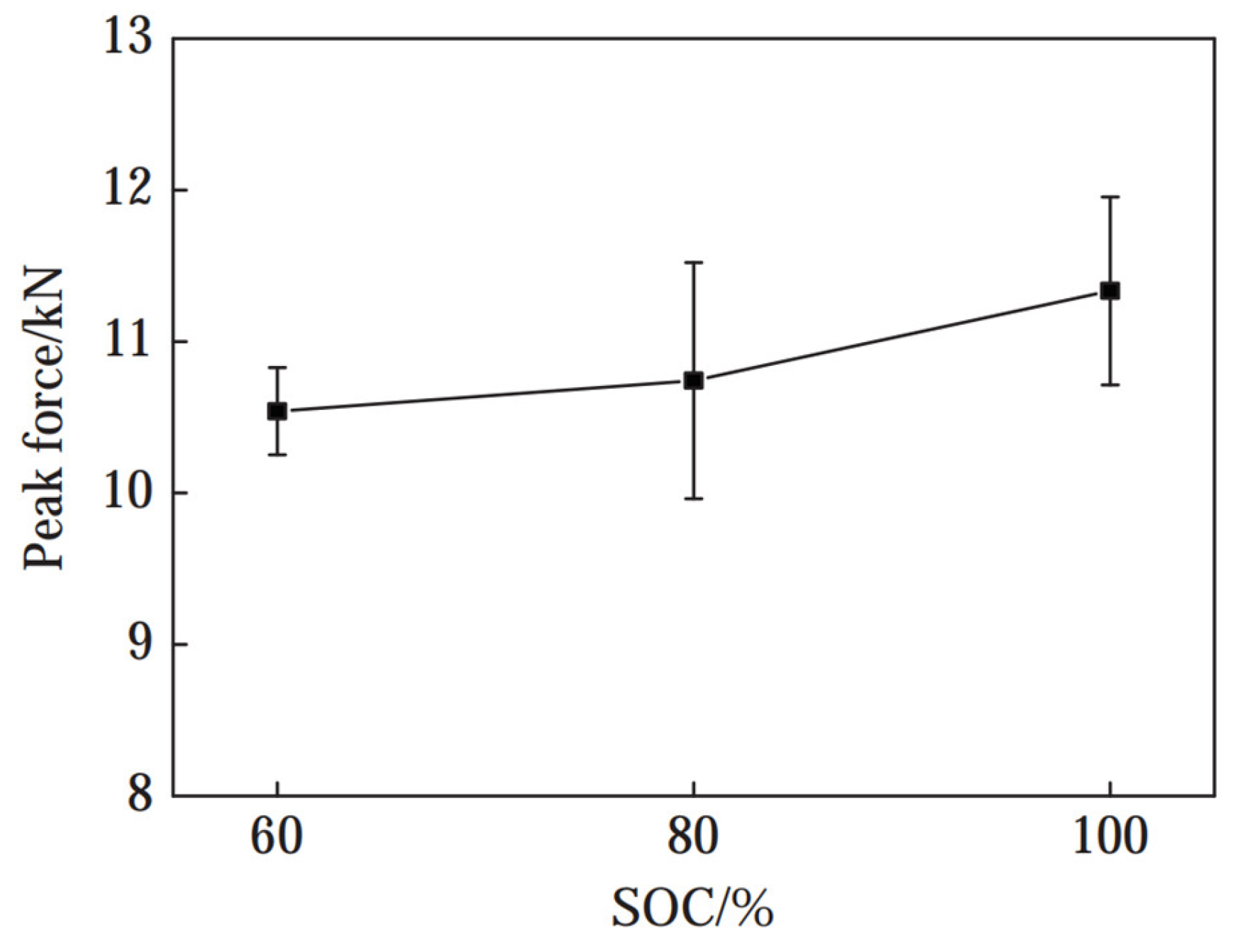

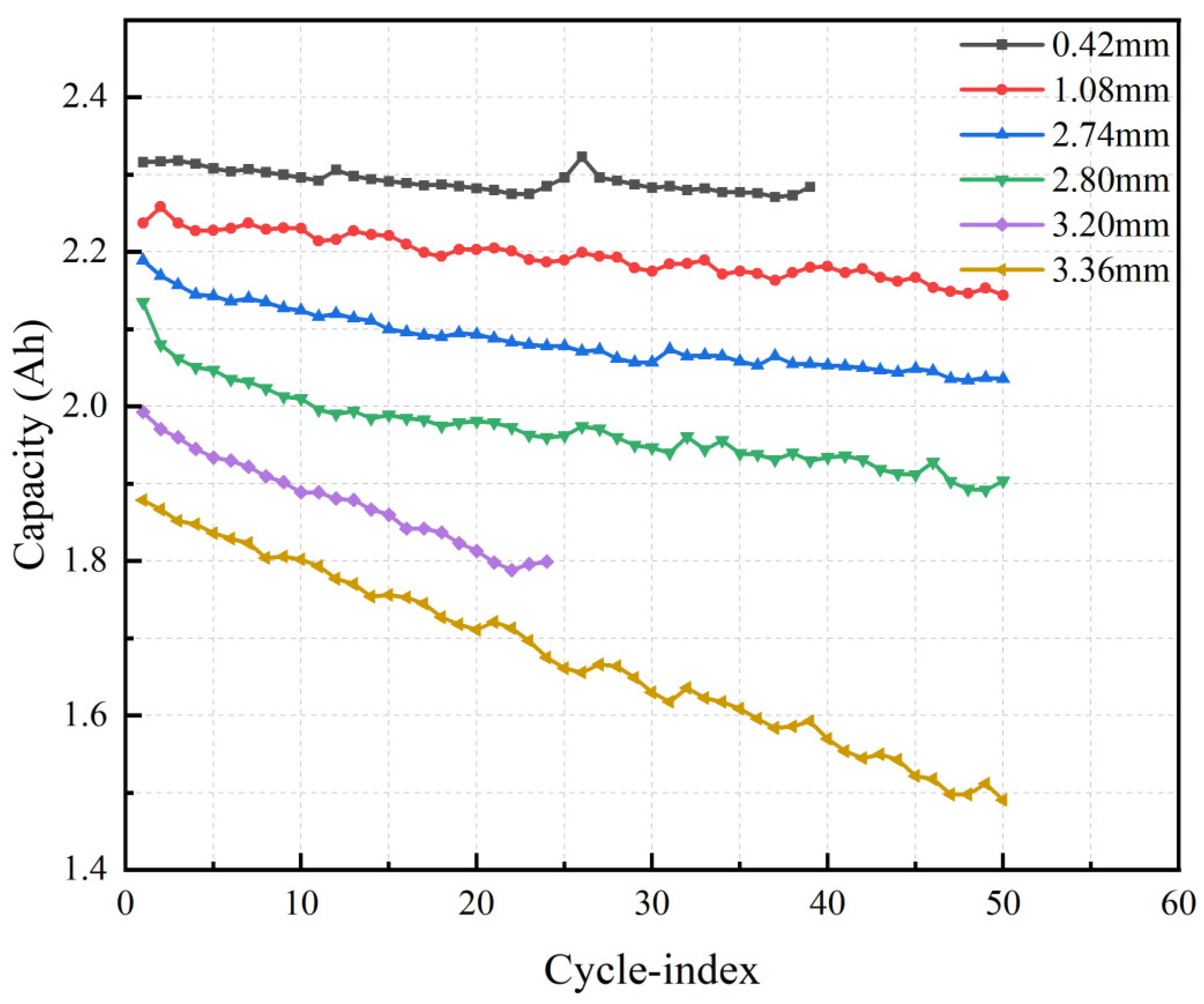
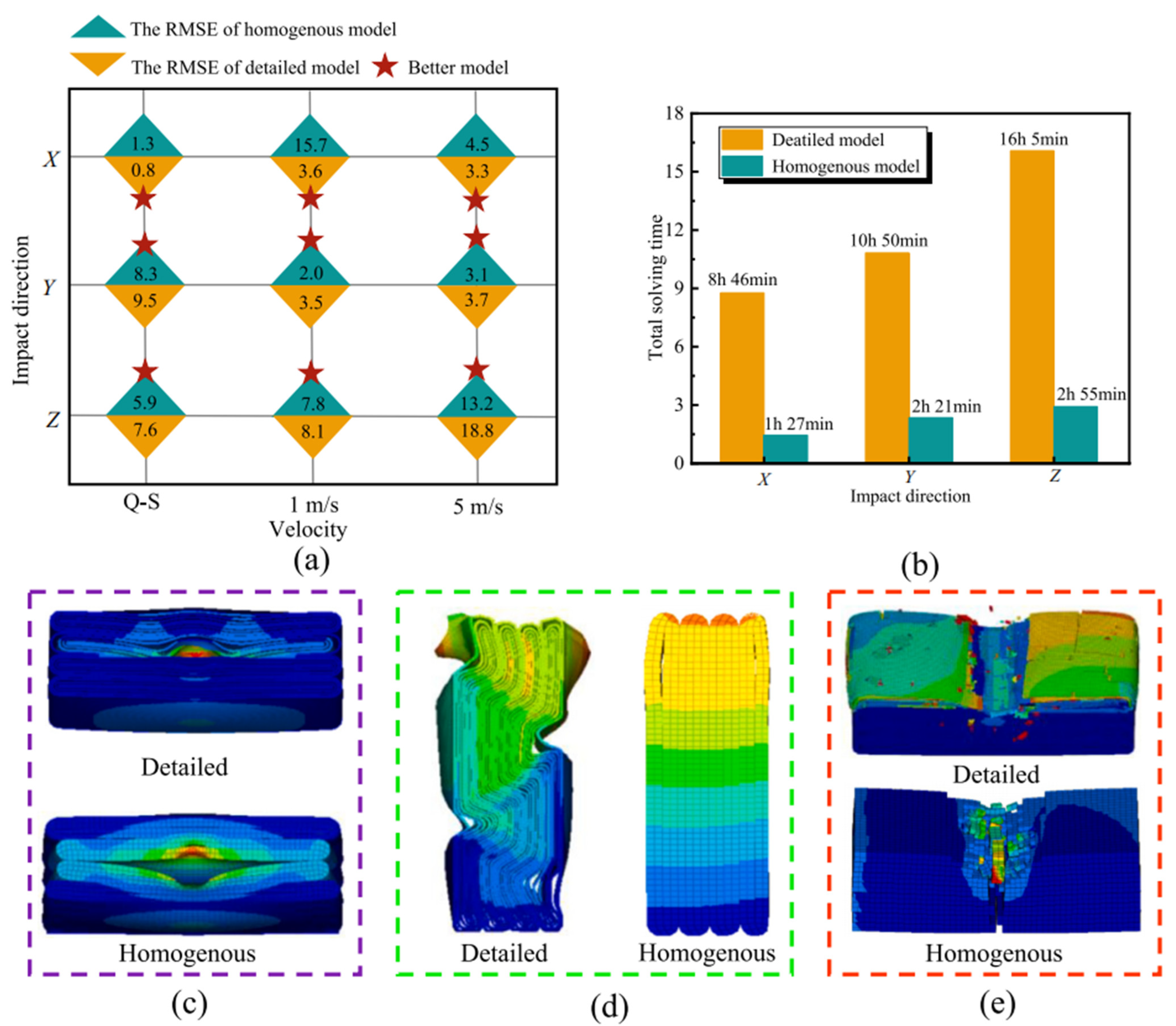

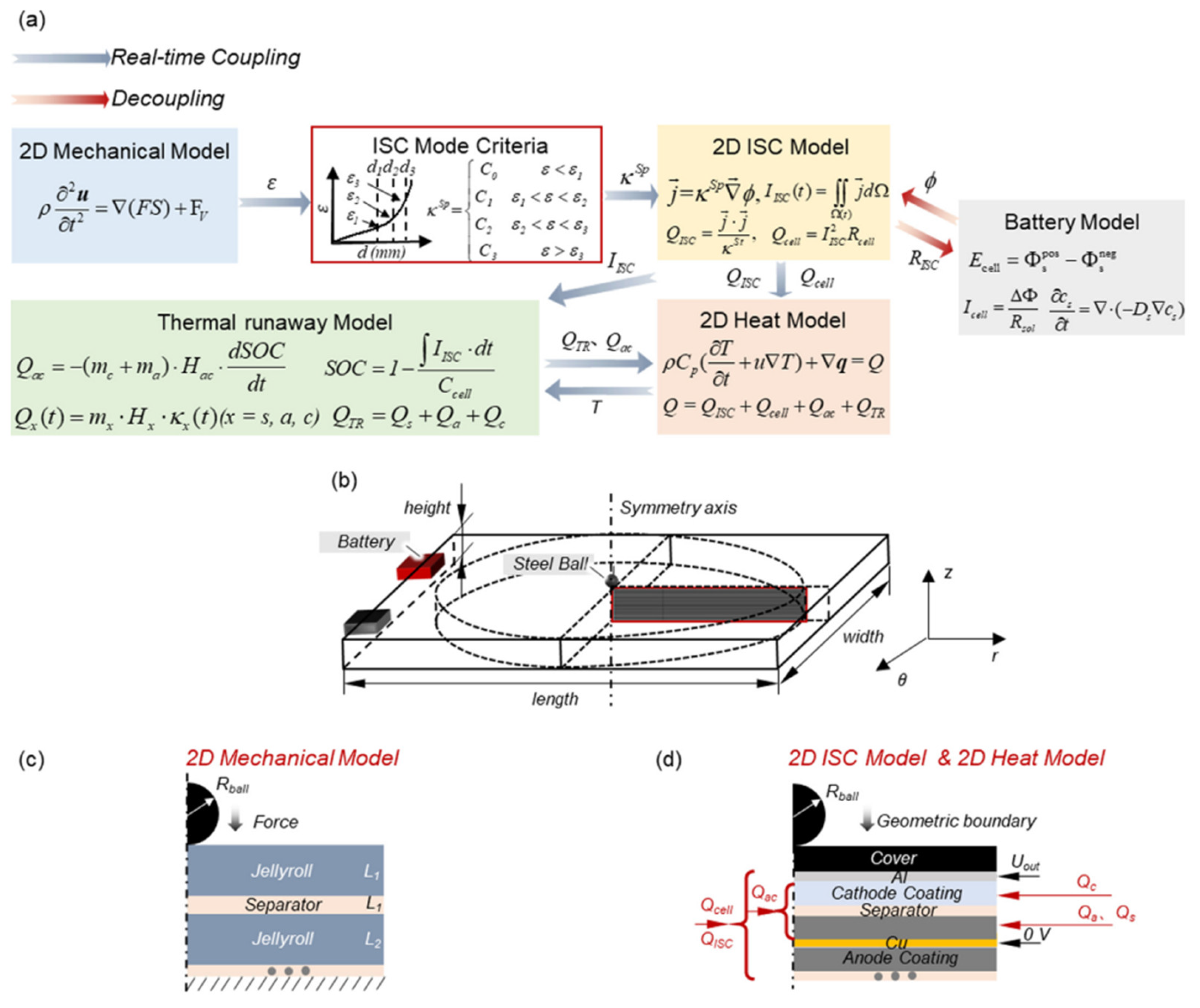
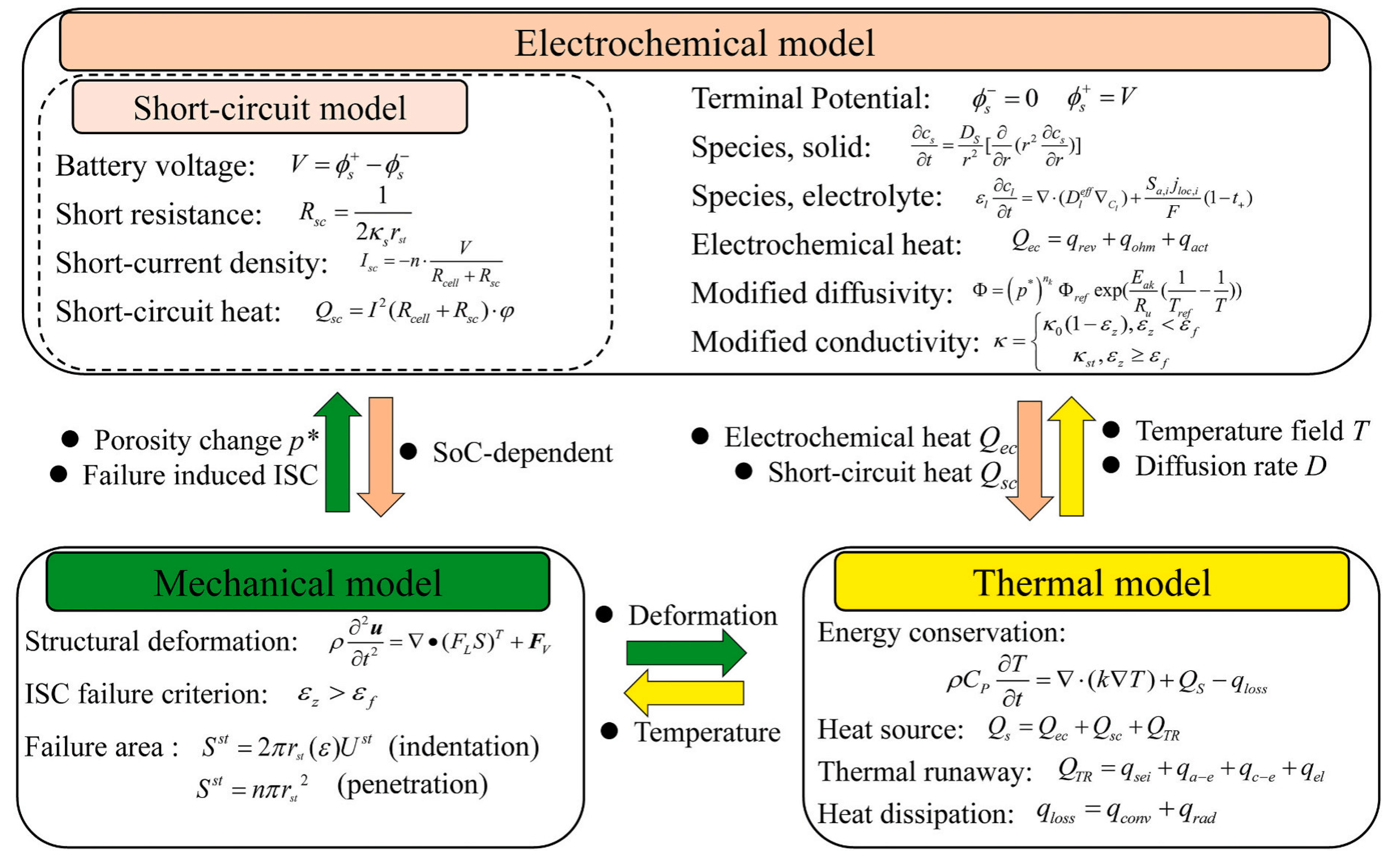

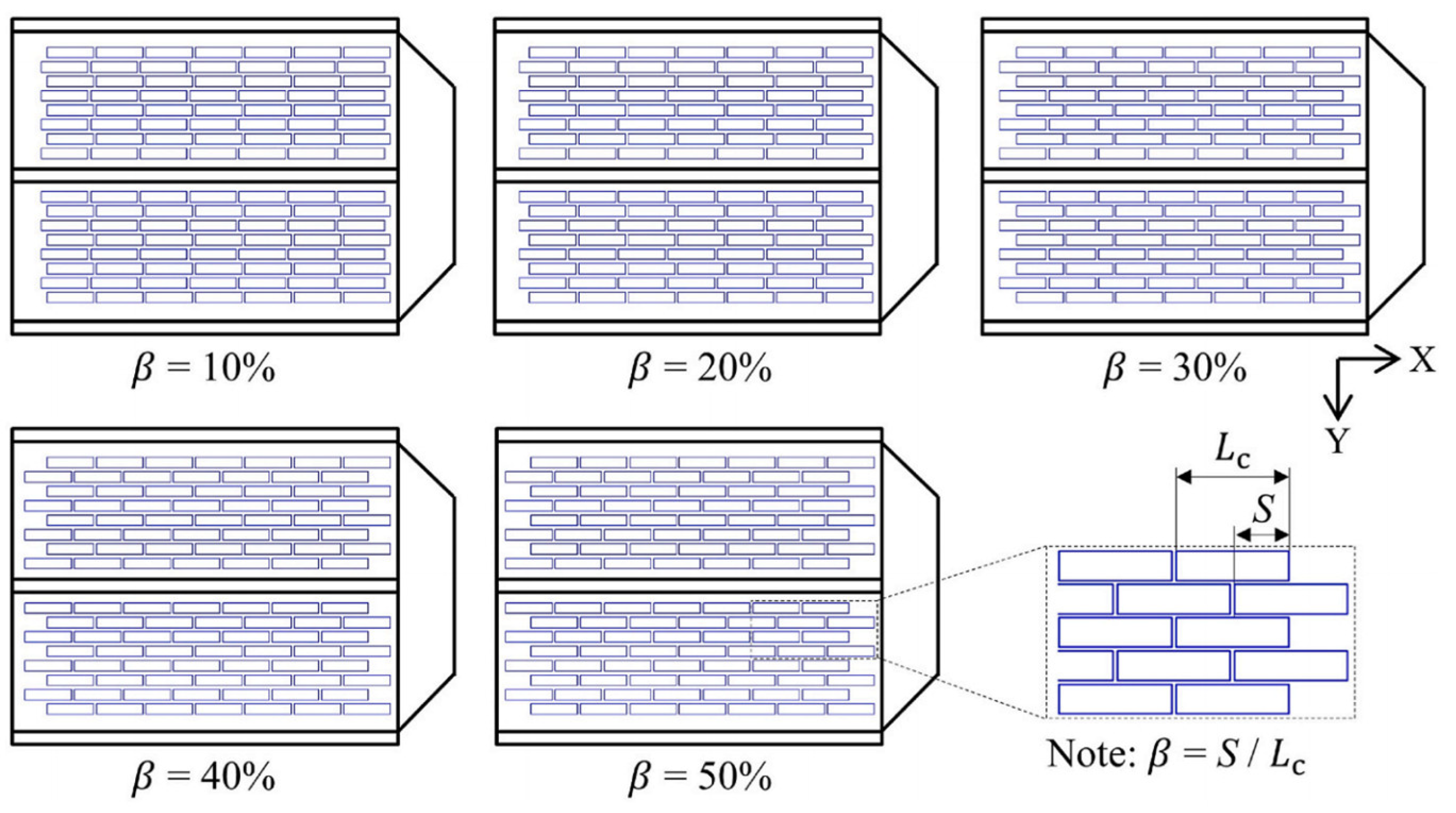
Disclaimer/Publisher’s Note: The statements, opinions and data contained in all publications are solely those of the individual author(s) and contributor(s) and not of MDPI and/or the editor(s). MDPI and/or the editor(s) disclaim responsibility for any injury to people or property resulting from any ideas, methods, instructions or products referred to in the content. |
© 2023 by the authors. Licensee MDPI, Basel, Switzerland. This article is an open access article distributed under the terms and conditions of the Creative Commons Attribution (CC BY) license (https://creativecommons.org/licenses/by/4.0/).
Share and Cite
Wang, G.; Guo, X.; Chen, J.; Han, P.; Su, Q.; Guo, M.; Wang, B.; Song, H. Safety Performance and Failure Criteria of Lithium-Ion Batteries under Mechanical Abuse. Energies 2023, 16, 6346. https://doi.org/10.3390/en16176346
Wang G, Guo X, Chen J, Han P, Su Q, Guo M, Wang B, Song H. Safety Performance and Failure Criteria of Lithium-Ion Batteries under Mechanical Abuse. Energies. 2023; 16(17):6346. https://doi.org/10.3390/en16176346
Chicago/Turabian StyleWang, Genwei, Xuanfu Guo, Jingyi Chen, Pengfei Han, Qiliang Su, Meiqing Guo, Bin Wang, and Hui Song. 2023. "Safety Performance and Failure Criteria of Lithium-Ion Batteries under Mechanical Abuse" Energies 16, no. 17: 6346. https://doi.org/10.3390/en16176346





